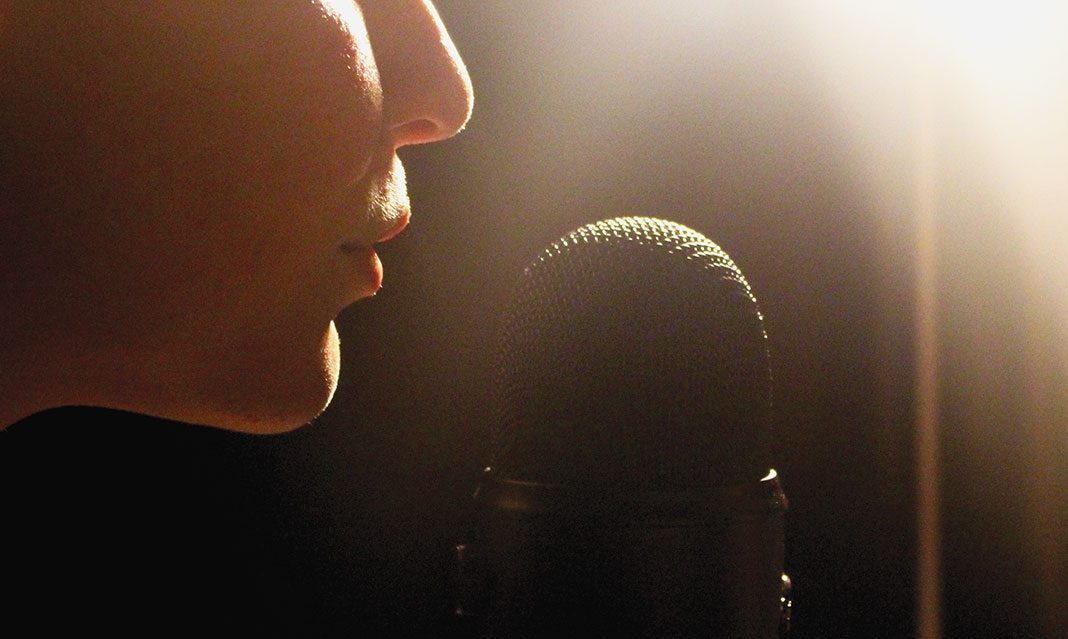Autonomous Sensory Meridian Response (ASMR), has become increasingly popular over the past year. Videos of YouTubers, such as “ASMR Darling,” whispering into microphones, tapping, scratching, and blowing have reached over 25 million views. Maybe you’ve even heard of “Life with Mak,” an ASMR YouTuber whose videos have transformed into memes across Twitter and Instagram.
The other day while I was browsing YouTube, videos with “ASMR” in the title bombarded my trending page. Out of curiosity, I clicked on one of the videos. A lady was eating pickles into a highly sensitive microphone for about five to ten minutes. I was uncomfortable but intrigued at the same time. I was disgusted but also entranced. I decided to investigate.
ASMR, a tingly feeling on the back of your neck and upper spine, is triggered by various audio and visual cues, like whispering and crunching. Sometimes it happens spontaneously, and other times people seek to trigger it on their own because of its calming effects.
My investigation began with Anna Lomanowska, an assistant professor in UTM’s department of psychology and a specialist in behavioural neuroscience. I spoke with Lomanowska about ASMR, what she thought of its sudden emergence as a viral phenomenon, and the reasoning behind it.
“I think it’s a way to have some access to some types of sensations that may not be available in your daily experience,” Lomanowska explains.
Lomanowska continues, “People describe it as satisfying, there is something about it that is very visceral.”
Lomanowska emphasizes that because ASMR is still a very new subject in the field of academic research and researchers have only just begun to study it, there aren’t many conclusive or definite statements to be made about ASMR.
“This is all very hypothetically speaking, but to me there is a sensory aspect to it that is accessible visually that can almost produce the sense that you are engaging in the action. Because the detail in terms of sound and video is very important,” Lomanowska adds.
Lomanowska notes that only one completed study on ASMR currently exists, and it was published as a work titled “Autonomous sensory meridian response: What is it? And why should we care?” by Lloyd James, Thomas Ashdown, and Lucy Jawad in the Indian Journal of Psychological Medicine.
“One area that I think I’ve seen an article about this […] it was a health-related journal and they were drawing attention to this as potentially a way to use ASMR in the health care context to help people relax before a procedure or to promote a certain mental state or emotional state, so there’s certainly an interest in that from the applied perspective,” Lomanowska says in reference to ASMR’s future use.
After our conversation, I realized that ASMR appeals to viewers’ desire for intimacy. ASMR videos offer personalized attention geared towards the viewer, as well as a sense of anonymity. Viewers don’t always know who is making the videos and no one has to know that they are watching, so ASMR is a very personalized experience. While Lomanowska touched on the scientific aspect of ASMR, I wanted to gain a better understanding of Internet culture and the reasoning behind ASMR going viral. I met with Tero Karppi, an assistant professor in ICCIT to discuss how ASMR initially became a trending and viral sensation in the first place.
Karppi says, “I didn’t see it coming but I guess I’m just interested in what’s behind it, why people are interested in stuff like that and I think we often think about social media and content and YouTube videos through kind of rational perspectives and I think that is one of those things that don’t seem super rational, like it’s more about sensory experience.”
Karppi also explains how there is never a formula or algorithm to create viral content, as he says, “It’s easy to observe what starts to happen when these videos start spreading—but to control that spreading is much more difficult.”
When one video resonates with the viewers online, there is a chain of imitation that begins and so the trend catches on, Karppi notes. He also adds, “If I was to speculate how those videos will change internet culture, I guess one could say that there is a potential that the internet will become more attracting that way, that it will attract your emotions and senses.”
At the end of my investigation, I realized that ASMR videos could serve two potential purposes, the first revolved around the use of its videos for a personalized experience to help deal with insomnia, anxiety, and in more recent cases, pre-medical operation jitters, while the second, and perhaps more common option, focused on the entertainment value. The future of ASMR is unknown, but for now I’ll continue to enjoy the ASMR memes that have taken over the internet.



